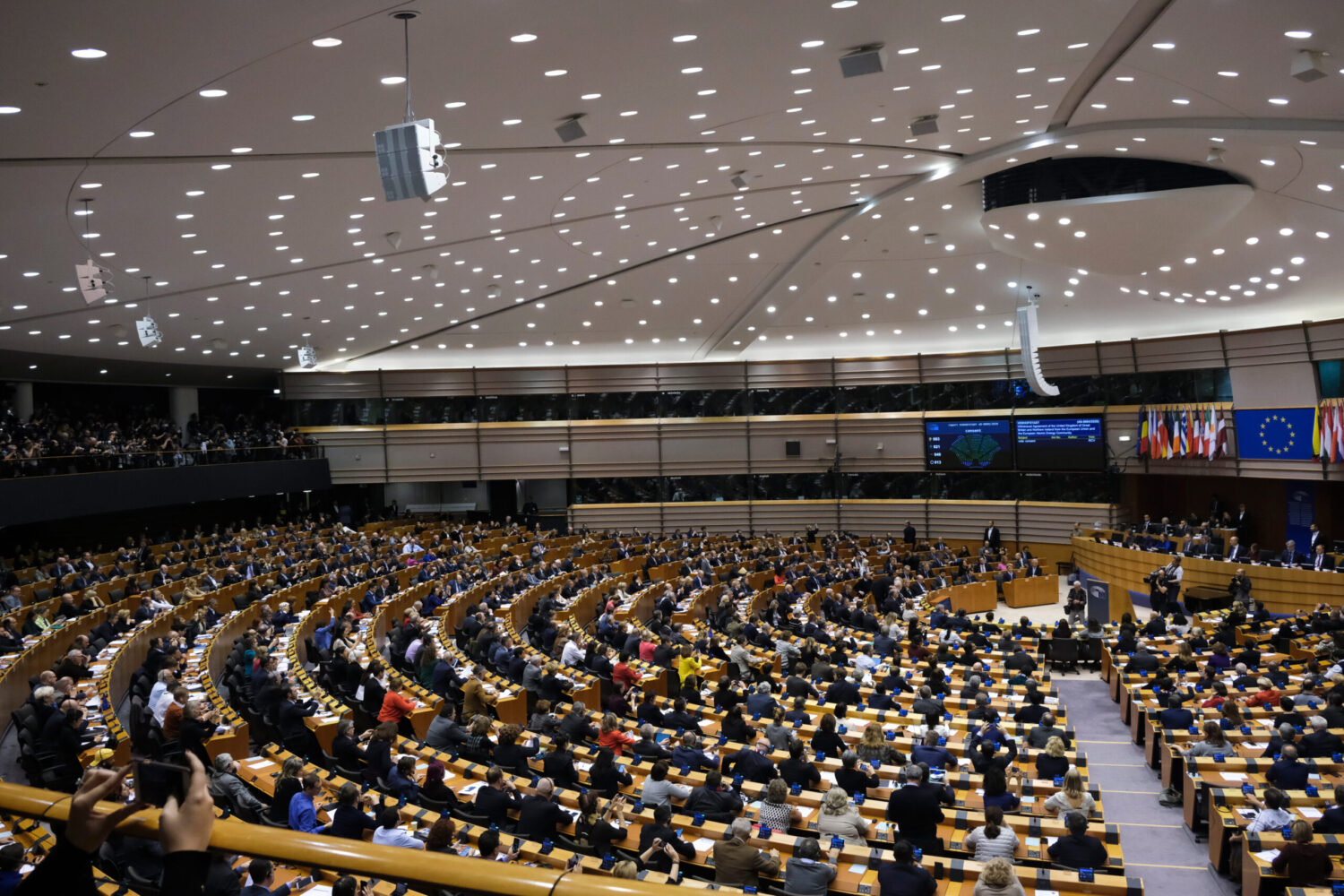Today, the European Parliament adopted MiCA — Markets in Crypto Assets Regulation — the first comprehensive piece of crypto regulation that introduces sweeping new requirements from prudential, market integrity, to consumer protection. With MiCA, crypto assets regulation in the EU will no longer only focus on countering illicit crime – we will cover the EU’s AML package in another entry.
What’s new?
The legislative process may have come to a conclusion, around 2.5 years after MiCA was first proposed by the Commission in September 2020. Nevertheless, we are far from the finishing line.
Following its adoption, MiCA will be published in the Official Journal of the European Union in June and will enter into force in July this year. From then on, various rules will apply in 12 to 18 months’ time. Requirements concerning stablecoins will be implemented first in July 2024, whereas all other MiCA rules will be implemented in January 2025.
The proposals adopted are essentially the same as those included in the politically-agreed package back in June last year, save for edits made following linguistic and legal checks. Revisit our previous blogs (blog 1, blog 2, blog 3) for a more comprehensive look at the requirements.
In short though, some of the key requirements are:
- Businesses who intend to offer crypto assets or issue stablecoins will need to produce a white paper, disclosing information such as how it operates, rights and obligations, capital, risks, marketing communications, and advertising messages, etc.
- Crypto Asset Services Providers – CASPs – who intend to serve EU customers will need to seek licence approval from national competent authorities before conducting business. They also need a physical office within the EU, complying with various rules on governance, minimum capital requirements, etc.]
But is this the end, or the beginning?
From now on, the regulatory baton will be passed on to the European Banking Authority and the European Securities and Markets Authority, responsible for finalising various Regulatory Technical Standards (commonly known as “level two text”) and guidelines prior to implementation.
Specifically, the EBA will need to provide more operational details on how stablecoins – or asset-referenced tokens and electronic money tokens referred to in MiCA – operate. Early engagement and consultation on these draft details will be crucial to the seamless operation of MiCA, especially when MiCA’s stablecoins rules are some of the toughest and have sparked much discussion during the negotiations.
The EBA is preparing to jump this last hurdle. On 17 May, the EBA will hold a workshop with the industry, deliberating on the criteria on which stablecoins would be considered as “significant” – i.e. those stablecoins having a large customer base, a high market capitalisation, or a large number of transactions. Under MiCA, the EBA will have a new mandate, including supervisory functions (e.g. conducting on-site inspections) for significant stablecoin issuers.
Having more of these discussions, including those on how the transaction cap on stablecoins, would work (as covered in our October blog) by the EBA will be essential. Similar efforts by the ESMA, such as those on the CASP licensing process, criteria of a significant CASP (e.g. having a daily average of more than 15 million active users in a year), environment sustainability requirements, are equally important to give clarity to market players who intend to operate in the EU, and to comply with the rules.
But there’s more…
While the EBA, the ESMA, and industry will still need to keep their stamina to wrap up MiCA, some governments are already starting to consider what the MiCA 2.0 track would look like. Specifically, addressing some outstanding issues during the negotiation stage, such asDeFi, which is currently excluded from MiCA.
For example, in its recent discussion paper, the French financial supervisor ACPR has identified a number of potential regulatory scenarios for DeFi. Among other things, the paper identifies that, “if a decentralised service claims to create or use a crypto-asset with an official currency as a reference”, that crypto asset should be considered as an electronic money token under MiCA and scoped in for MiCA regulation in future.
It seems that the MiCA journey is far from the end and there may be more hurdles along the way. Nevertheless, Europe is still a global leader in crypto regulation, and has certainly provided clarity to businesses on how to operate in the single market. With MiCA, businesses will no longer have to navigate 27 different crypto regulatory frameworks.
